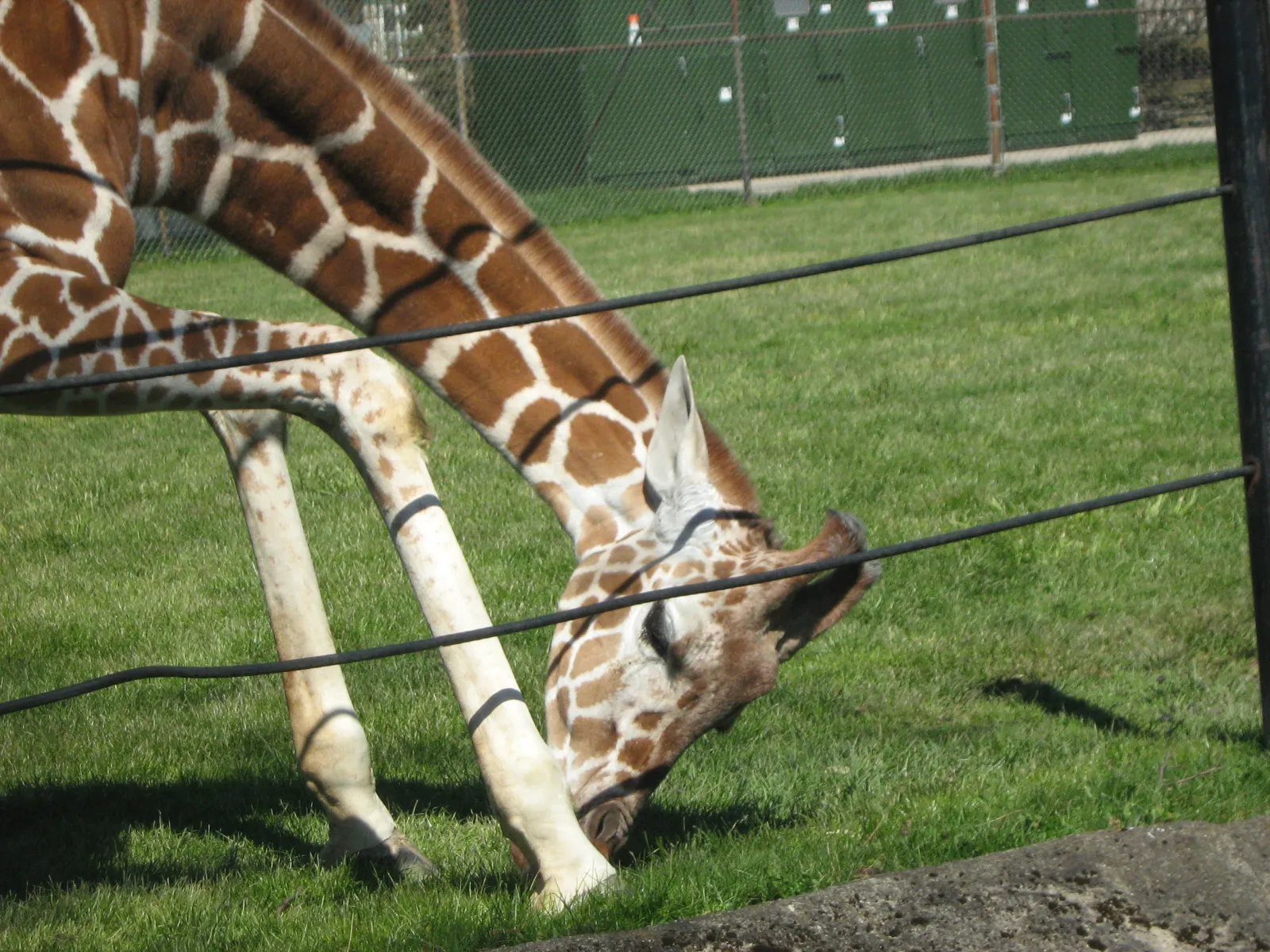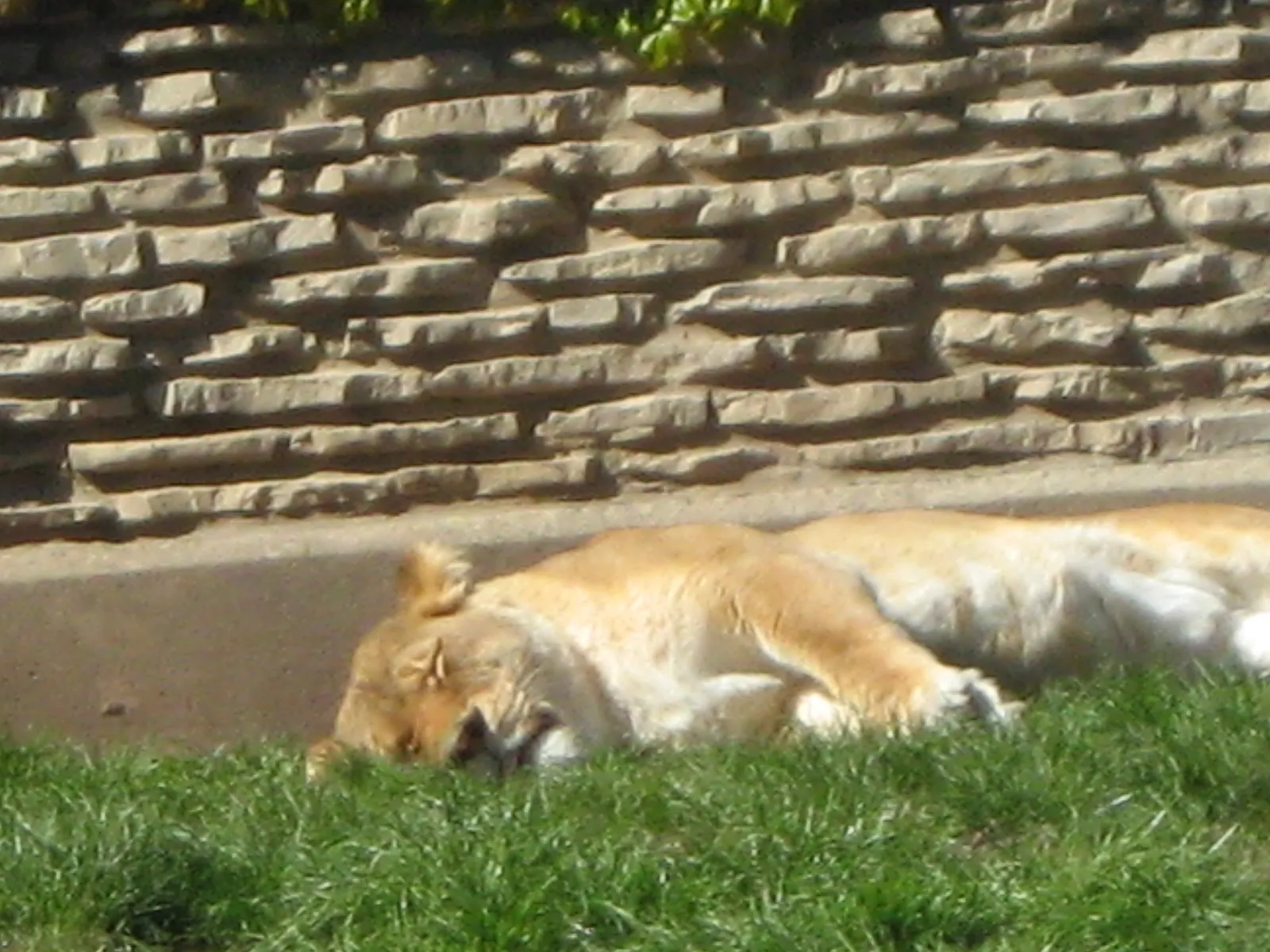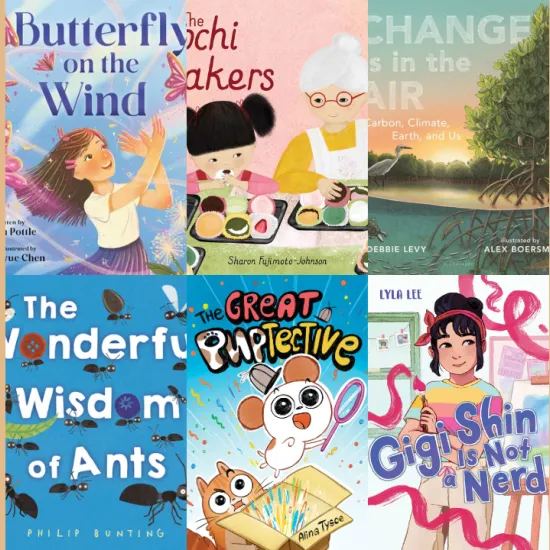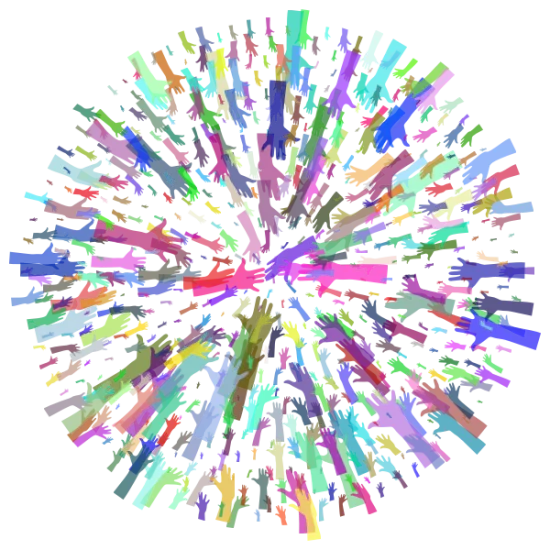- Helene F.
- Wednesday, March 24, 2021
Changes in gems, animal movements, and Africa.
Gemstones have been in regular jewelry and crowns worn by royalty throughout the world and history. As people around the world make more money, there are those in the jewelry market that want you to be mesmerized to buy the gemstones in their jewelry settings. The creators of each jewelry piece can use various colored metals to bring out the colors of the stones they hold in place. The question I have asked myself though, is why we want them. Is it because of their beauty and story? Is it because we want to "keep up" with others who have them? Is it because we feel we need to keep family traditions going? Questioning whether to keep traditions alive is a great new way of life. If the gemstone industry supplies diamonds, rubies, amethyst, emeralds, jades, and others, then how do we know whether the lives of the people who are mining for them is great? Or are their lives in danger from mining for diamonds or other gems, like mining for coal was and is dangerous. We offer various databases, videos, and eBooks that can inform you about what you want to know to make your own decisions.
If you speak or are learning Spanish you are able to click on the world in the row of icons and select a language to change the article to. We also have some databases you can access that are for Spanish speakers, and those who want to learn Spanish by reading based on their sentence structure. Here are two articles in Britannica Moderna, one about mining company De Beers, and one about mamifero (mammals).

Some of the gemstones are mined as they were in the past, which can be dangerous even now, as mines are still collapsing. Parental guidance is suggested with every video. There are people that dig for diamonds above ground, and underwater, as we can see in this video called Diamonds of War about the hard truths about the diamond industry, in the 1990s and now, available in Hoopla. The Britannica Library has articles on the decolonization of various parts of Africa. This article discusses the French decolonization in Africa. This article discusses the English decolonization in Africa, and this article discusses the history of South Africa, including their history of diamond mining. The Kimberly Process was one way the world and the diamond industry created s a way to ensure that the life of those finding the diamonds would be better.
We offer newspaper and magazine articles that will help you see what is going on in Africa now, to see if the diamond industry is living up to what the Kimberly Process offered the people in Africa, or not. This eBook titled Made in Africa talks about aiding Africa to take control of its own industries.
The Discover Gems, by Victoria Macros can be found and checked out in Hoopla. There are other eBooks to choose from, like one called Gemstones by Rebecca Pettiford, that tell you what gems are called, how they are designed, and what they are used for. You can check out ten titles each month per account.
In Credo Reference, you can search for Gemstone and this link is what you will be able to search through, to dig in as deep as you want to go on learning about the gemstone industry.

Africa has been a continent in which European countries continued what the Greeks and Romans did in Africa. Instead of the colonialists' descendants staying only in the northern parts of Africa, like Egypt, the European explorers in the 1400s on to the 1990s traveled deeper into Africa and even sailed to the southern parts of the country.
The Portuguese were the first to explore Africa and take over cities or towns to claim what those who lived there had in the way of food, textiles, and minerals. Other European people, such as the Dutch, unfortunately, followed the Portuguese actions in the mid-1600s and replaced the Portuguese as colonizers. Gemstones have been one of the minerals that outsiders would like to sell around the world. In some countries in Africa, like Mozambique, the indigenous people have been able to keep dangerous mining down. This map of Africa and other parts of the world shows where gemstones can be found. Madagascar is an island that is still a part of Africa. This island was a French colony. Mining for sapphire gemstones is done in Madagascar.

Some of the gemstones are artificially grown now. This video titled Diamond Factory, from Nova, can be checked out through Hoopla as well, to learn more. Ask a parent, science or chemistry teacher for help if completing experiments. Britannica Library database has an article you can read by clicking on the link about jewelry and gems to learn how the synthetic gems are grown. That article and this one titled Mining, Gemstones from Encyclopedia of Global Industries, published by Gale, allows you to learn where each gemstone is mined, as well as the chemical components that give the gems their color, or clear characteristics.
In Credo Reference there are great passages to read from various books and articles about Gemstones. Glass can also be used to imitate diamonds. My Grandmother had a lot of very pretty costume jewelry.
You can read the article on Mining, which shows a graph and says that the Egyptians mine for minerals such as copper as far back as 7,000 years ago in Egypt. In Gale in Context: Elementary has an article on giant gemstones, as well as an article about a piece of bronze with a gemstone found in England.

Jade and other gems can be viewed in museums as well. Smithsonian National Museum Jof Natural History website has a virtual tour of Janet Annenberg Hooker Hall of Geology, Gems, and Minerals. There is also a wing of this museum that allows viewers to see animals of the plains of Africa. If you click on this link you will be able to choose from various virtual tours of the museum. The African Mammals section is in the permanent exhibits link. Then click in the blue area to the left of the Elephant, and use the mouse to have a 360 view of each area, also clicking on the arrows you see to move forward or backwards in the tour.
Africa has a wide variety of animals that live in the savanna, the rainforests, deserts, and oceans. In Britannica School for Animals, you are able to search for articles on animal migrations and animal behavior. In Credo Reference, you can search for migration of animals which is a part of the Columbia Encyclopedia. Birds and animals in the ocean also migrate.
Available through BBC America on Youtube.com
Mozambique, the Democratic Republic of the Congo, and other African countries have been and still are trying to draw tourism to their National Parks with savannahs that hold lions, cheetahs, leopards, giraffes, zebras, elephants, wildebeest, also called gnu, as well as other migratory and herd animals of that great continent. Another country trying to encourage tourism in Namibia.
In Kanopy you are able to watch videos on the more current plight of animals in the wilds of Africa and how to protect them, but allow them movement. One such video is titled Plains, part of the series called Earth provided by PBS.

Giraffe
Helene F. took picture
South Africa also has nature preserves, that you can learn about in one of many videos, including this video about becoming a park ranger, from Britannica Library. You can also go to Kanopy to watch any of the six videos on Gorongosa Park. These documentaries on YouTube.com show life in parks in Africa as they are born and then migrate with their family. You can watch 10 videos a month on Kanopy.
The animals that migrate enter and leave the territories of many different families of lions, hyena, cheetah, wild dogs, leopards, and jackals. Crocodiles also wait for the migrating animals in the lake or pond they selected for their territory throughout the year. These predatory animals go after the same food, so sometimes the predator becomes the scavenger.
From Youtube.com Feb. 24, 2018
Zoos are another place to see the migrating animals of Africa. You can see lions, elephants, giraffe, zebra in person with social distancing. The Riverbank Zoo offers Fridays free with timed tickets, with proof of residency in Richland or Lexington counties, at the zoo for the months of January and February. Smithsonian Zoo in Washington, DC is also a zoo you can see African animals. On their website there is a link to see these animals virtually with their own webcams.
If the book, video or other material of learning you are looking for is not in our collection then please feel free to contact the Interlibrary Loan office. You can request four titles through Interlibrary Loan at a time.
You are welcome to come back to this blog and any other to look at it, piece by piece with fresh eyes.

Lioness
Helene took picture

Africa, the Serengeti

Diamonds of War

Impact of Tourism. Kenya.

South Africa 3

Zebra Migration

Wildebeest Migration

Gems

Safari in South Africa

Elephants


Africa, the Serengeti

Impact of Tourism. Kenya.

Madagascar.

Madagascar



